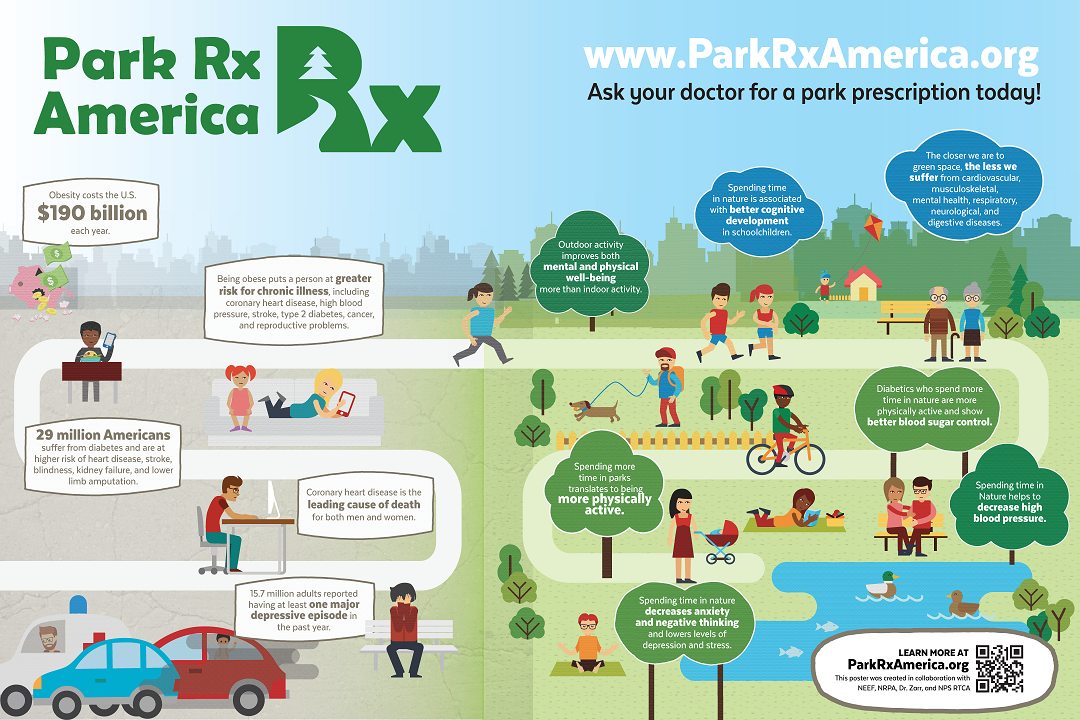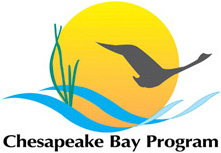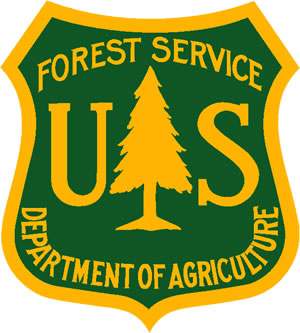
At the inaugural District of Columbia Tree Summit in December 2015, Mayor Muriel Bowser announced a short-term public–private partnership that will bolster efforts to increase the tree canopy in the nation’s capital. Canopy 3,000 consists of 11 members from DC government, non-profit, landscape architecture, and faith-based organizations. To date these and other key players have been instrumental in helping the city surpass annual tree planting targets. Canopy 3000 will further such efforts by bringing together the key players who will work collaboratively to plant an additional 3,000 trees in 2016.

The Sustainable DC Plan, released in 2013, outlined over 30 sustainability goals to make the District of Columbia the healthiest, greenest, and most livable city in the nation by 2032. In addition to setting goals related to jobs, health and wellness, food, and energy (among other categories), the city set a goal to protect and expand tree cover and green landscapes, creating an integrated District-wide ecosystem. Along with this goal a target was established to achieve 40 percent tree canopy cover by 2032.
To promote trees in the city the District of Columbia integrated tree canopy into their stormwater and water quality programs. DC signed a Stormwater (MS4) Tree Canopy Agreement with EPA which allowed the use of tree canopy as a best management practice (BMP) for stormwater reduction. DC has also woven tree canopy goals into their Watershed Implementation Plans (WIP) for the Chesapeake Bay and local tributary Total Maximum Daily Loads (TMDL). By taking such steps, DC’s tree canopy efforts are fortified through the regulatory drivers in the stormwater and water quality sectors.
Since 2013 DC has made significant progress in expanding the city tree canopy. The Sustainable DC Plan estimated that the District would need to plant at least 8,600 trees every year to reach 40% tree canopy cover in 20 years. Thus far, the city has planted over 9,000 trees in 2013, 11,590 trees in 2014, and 14,700 trees in 2015.
DC’s success in meeting annual tree planting targets has been in part due to the combined efforts of multiple key players committed to a growing tree canopy. The District Department of Transportation (DDOT) Urban Forestry Administration, for instance, plants and maintains the city’s street and public trees. The Department of Energy and the Environment (DOEE) offers homeowners shade trees for $50 per tree through the RiverSmart Homes Program. As another example, Casey Trees does substantive advocacy work and has its own nursery at Casey Tree Farm in Virginia. The nonprofit is responsible for over 2,500 trees being planted every year across the District. Other key players in tree canopy efforts include the National Park Service, Washington Parks & People, Trees for Georgetown, the Metropolitan Washington Council of Governments, Restore Massachusetts Avenue, and PEPCO.

In 2015 the District of Columbia Tree Summit brought new attention to DC’s tree canopy work. Hosted by the DOEE, DDOT, and American University’s School of International Service, the Summit gathered stakeholders to identify partners and discuss strategies for planting and protecting the District’s canopy in 2016. Participants had the opportunity to attend workshops on tree canopy topics linked to education, best practices, collaboration, and coordination of tree planting and maintenance. Additionally, acknowledging that it takes various groups to increase the number of trees in the District, Mayor Muriel Bowser announced an Urban Forestry Advisory Committee to help officials plan and implement canopy goals.
At the DC Tree Summit, Mayor Bowser also announced the launch of Canopy 3,000. The goal of Canopy 3,000 is to plant a 3,000 new trees in 2016 as part of a larger goal to plant 15,000 trees in total. Eleven stakeholder members were identified to develop a plan for planting the additional 3,000 trees. These members are DOEE, DDOT, the National Park Service (NPS), the District Department of Parks and Recreation, Casey Trees, Washington Parks & People, AECOM, American University, American Society of Landscape Architects, D.C. Baptist Convention, and the United States Forest Service. In support of the initiative, DDOT and DOEE contributed $400,000 in seed funding which will translate to at least 1,950 trees. The NPS, too, pledged to plant 1,000 trees. In spring of 2016, DOEE awarded the Canopy 3,000 and Schoolyard and Parkland Tree Planting Grants, which will provide $742,500 in funding for tree plantings in schoolyards, parks, public spaces, and on private property.
To date, the District of Columbia has made great progress towards increasing the city tree canopy. Due to the combined efforts of multiple partners committed to such efforts, DC is on track to meet the 40% tree cover goal by 2032. The ongoing work of Canopy 3,000, too, is furthering such efforts by joining various partners to work together, thus demonstrating the value of collaboration and partnerships to tree canopy efforts in the urban environment.
Related Resources:
Homepage Slider Photo from Canopy 3,000 logo. Courtesy of DOEE.
Story written by Tuana Phillips (Chesapeake Research Consortium)





